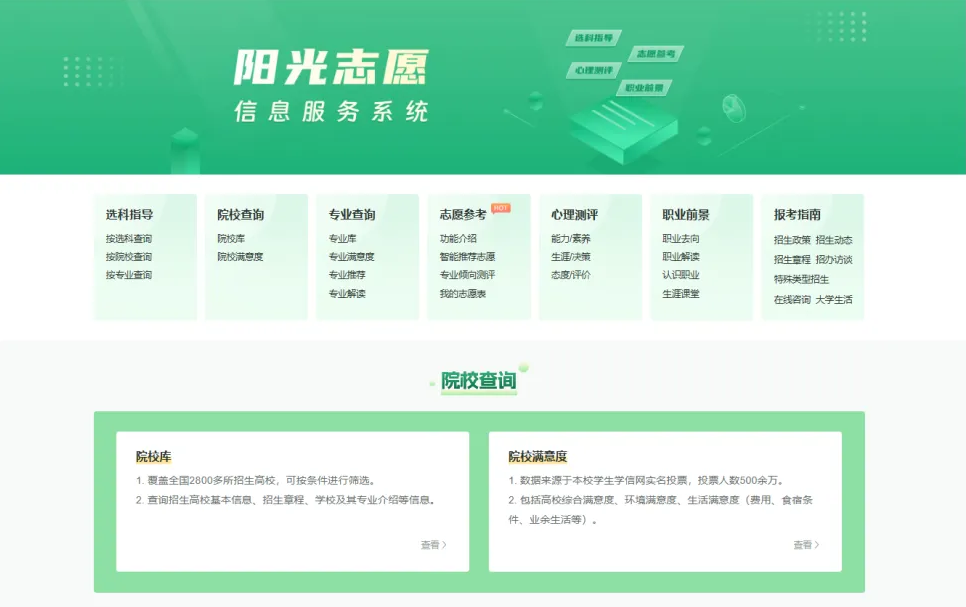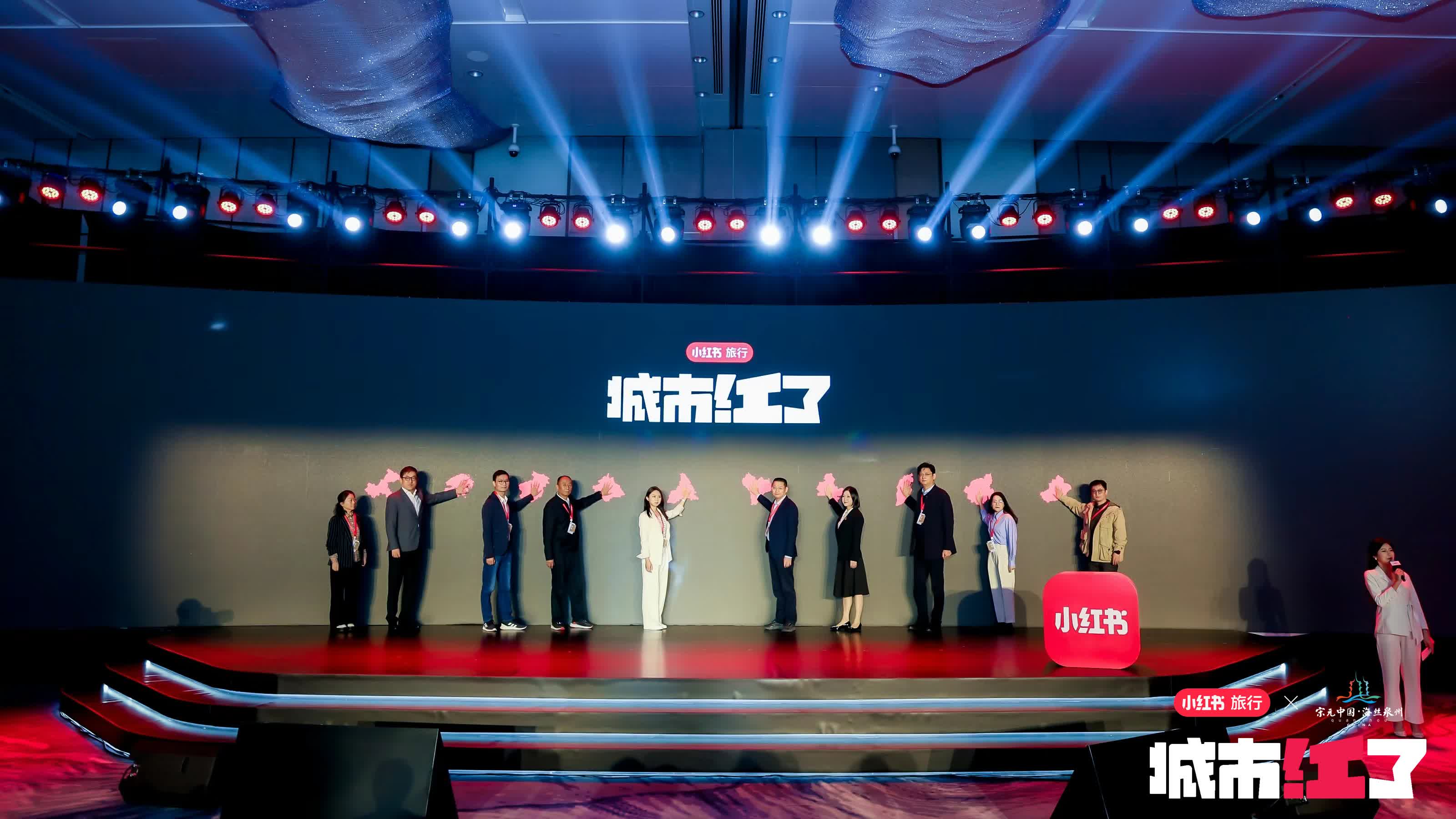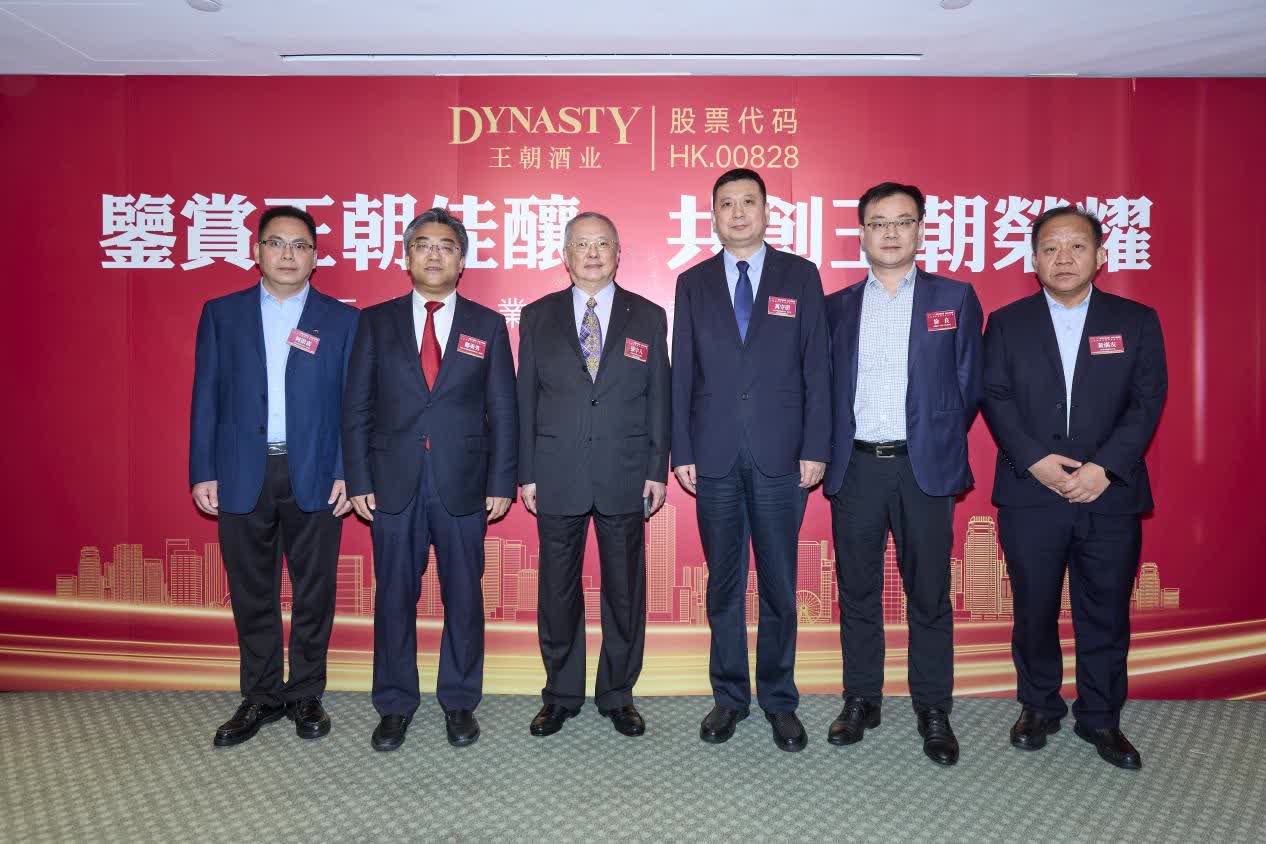Fabrics form the cornerstone of the textile industry, catering to various needs ranging from fashion to home decor. This article delves into different fabric types, weaving techniques, and their applications, offering insights into how they shape the textile industry.
On understanding fabrics, it's crucial to distinguish between natural and synthetic fibers. Natural fibers such as cotton, wool, silk, and linen come from plants and animals and are known for their comfort, breathability, and biodegradability. Synthetic fibers like polyester, nylon, and acrylic, on the other hand, are man-made and are valued for their durability, elasticity, and resistance to shrinking and stretching.
Weaving is an essential process in fabric production, influencing the texture, strength, and feel of the final product. Common weaving techniques include plain weave, twill weave, and satin weave. Each technique produces distinct fabric characteristics suitable for different uses. For instance, plain weave is often used for shirts and bedsheets due to its simple crisscross pattern and durability, whereas satin weave, known for its smooth and glossy surface, is typically used in eveningwear and upholstery.

Quality control and innovation are vital in fabric production. Implementing stringent quality standards ensures that fabrics meet specific requirements for strength, colorfastness, and texture. Meanwhile, technological advancements have introduced smart textiles that integrate electronic components into fabrics, opening new possibilities in fashion and functionality.
Environmental sustainability is an increasing focus in the textile industry. Efforts are being made to develop eco-friendly fabrics that minimize environmental impact. This includes using organic materials, recycling textiles, and adopting environmentally safe dyeing processes. The demand for sustainable fabrics is driven by consumer awareness and preference for green products.
In conclusion, understanding fabrics involves a blend of knowledge about fiber types, weaving techniques, quality control, and sustainability. The textile industry continually evolves, incorporating innovations and eco-friendly practices to meet diverse consumer needs while protecting the environment. Such insights into fabric production contribute to the growth and sustainability of the textile industry. (Reporter Yang Fan)






